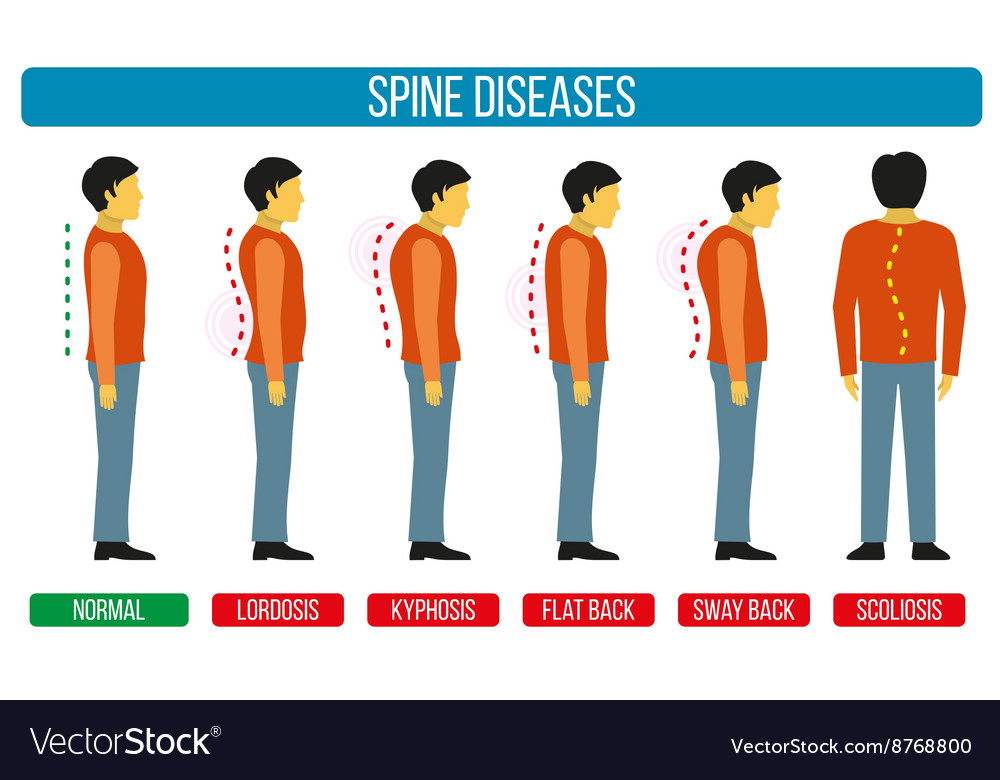The Link Between Pose And Pain In The Back: Ways To Make Sure Proper Placement All Day
The Link Between Pose And Pain In The Back: Ways To Make Sure Proper Placement All Day
Blog Article
Personnel Author-Williford Rollins
Keeping correct stance isn't practically sitting up directly; it's about aligning your body in a way that sustains your spine and lowers the risk of back pain. The way you rest, stand, and relocate throughout the day can significantly affect your back wellness. Yet how specifically can you make sure good alignment consistently, also throughout active days loaded with various activities? Allow's dive deeper right into the subtle yet impactful adjustments you can make to your day-to-day routine to maintain your back satisfied and healthy.
Significance of Appropriate Posture
Appropriate stance is critical in preserving a healthy and balanced back and stopping discomfort. When you rest or stand with great posture, your spine is in placement, reducing strain on your muscles, ligaments, and joints. This positioning enables the body to disperse weight evenly, stopping extreme tension on specific areas that can lead to discomfort and discomfort. By keeping your spine properly straightened, you can additionally improve your breathing and food digestion, as slouching can compress organs and limit their functionality.
In addition, keeping great posture can enhance your overall appearance and self-esteem. When you stand tall with your shoulders back and head held high, you radiate confidence and appear more approachable. Great posture can also make you really feel much more stimulated and alert, as it promotes proper blood circulation and allows your muscular tissues to function successfully.
Integrating appropriate position into your daily regimen, whether sitting at a workdesk, strolling, or exercising, is essential for protecting against neck and back pain and promoting general health. Keep in mind, a tiny adjustment in exactly how you hold yourself can make a substantial difference in how you feel and operate throughout the day.
Common Postural Mistakes
When it pertains to maintaining excellent posture, several people unconsciously make common errors that can contribute to pain in the back and pain. Among the most prevalent mistakes is slumping over or stooping over while sitting or standing. This setting places too much pressure on the back and can cause muscle inequalities and discomfort in the long run.
Another common mistake is overarching the reduced back, which can flatten the all-natural contour of the spinal column and create discomfort. Furthermore, crossing legs while sitting might feel comfy, however it can create an inequality in the hips and pelvis, leading to postural concerns.
Making use of a pillow that's as well soft or too strong while resting can additionally impact your placement and add to back pain. Last but not least, constantly craning your neck to take a look at screens or adjusting your placement often can stress the neck and shoulders. Being mindful of these usual postural blunders can assist you preserve better positioning and minimize the risk of back pain.
Tips for Correcting Positioning
To boost your placement and decrease back pain, it's important to concentrate on making small adjustments throughout your daily routine. Begin by being mindful of your pose. When sitting, ensure sciatica chiropractor are flat on the flooring, your back is straight, and your shoulders are loosened up. Avoid slouching or leaning to one side. Use ergonomic chairs or cushions to support your reduced back.
When standing, disperse your weight equally on both feet, maintain your knees somewhat curved, and tuck in your hips. Involve your core muscle mass to sustain your back. Take lower spine to extend and walk if you have an inactive job. Incorporate workouts that enhance your core and back muscles, such as planks or bridges.
While sleeping, utilize a pillow that supports the all-natural curve of your neck to maintain proper back positioning. informative post sleeping on your belly, as it can stress your neck and back. By being mindful of these tips and making small modifications, you can progressively correct your alignment and ease back pain.
visit site
Remember, maintaining good posture is vital to preventing back pain and promoting spinal health. By bearing in mind your positioning, distributing weight equally, and involving your core muscles, you can lower stress on your back and lessen the threat of pain and injury. Incorporate ergonomic assistance, take normal breaks to stretch, and strengthen your core and back muscle mass to preserve appropriate positioning throughout the day. Your back will certainly thanks for it!
